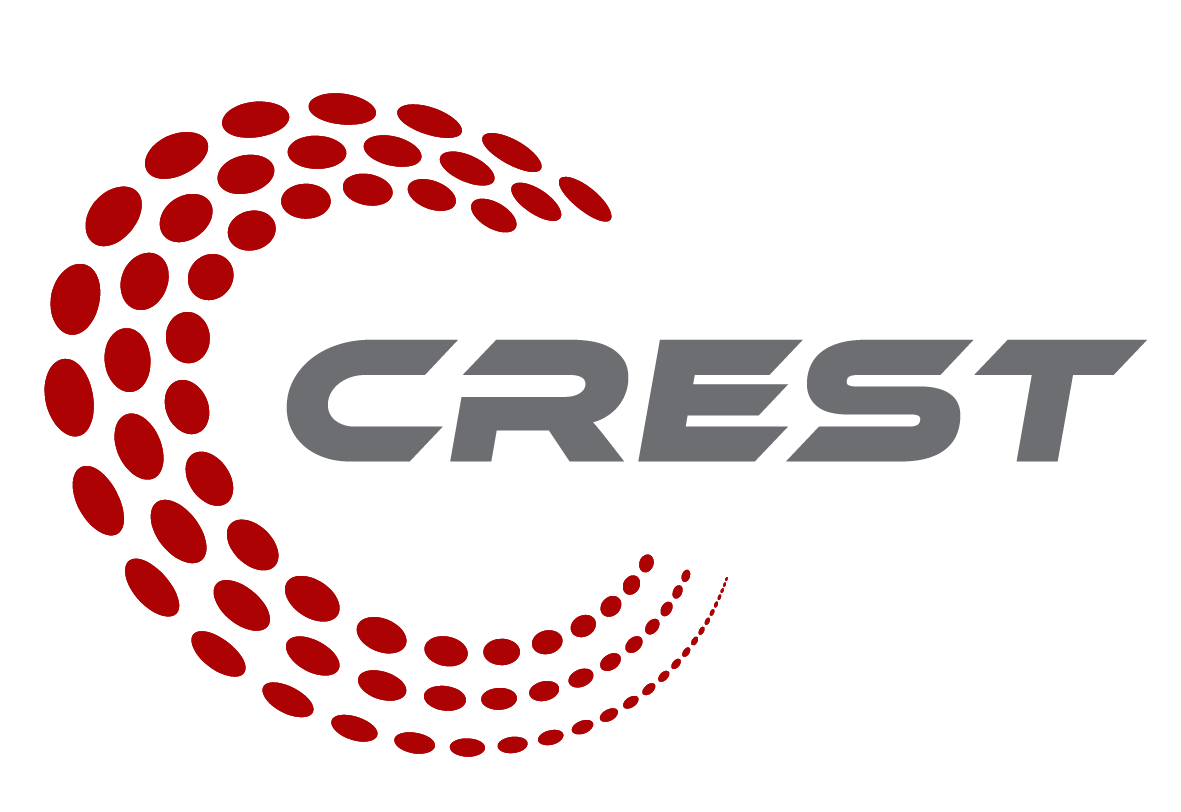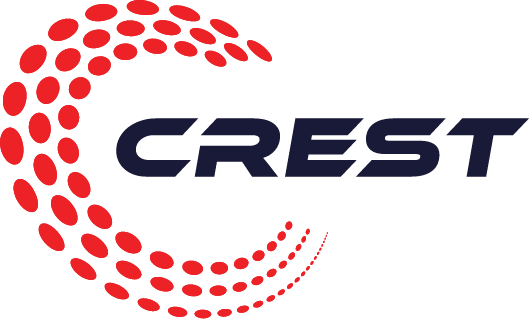Optical Character Recognition (OCR) is a transformative technology that bridges the gap between the physical and digital worlds by converting images of text into machine-readable, editable, and searchable text data. Leveraging sophisticated algorithms and the power of machine learning, OCR accurately identifies and deciphers characters, words, and sentences from a variety of image formats. This technology finds immense utility across multiple sectors, facilitating the digitization of historical documents, automating data extraction from financial documents such as invoices, forms, and receipts, and enhancing accessibility for visually impaired users by converting text images into a format that can be easily processed by text-to-speech tools. OCR's versatility and efficiency make it an invaluable tool in the ongoing quest for digital transformation, streamlining processes, and unlocking the vast potential of untapped data in printed and handwritten documents.
Optical Character Recognition (OCR) technology has revolutionized the field of accounting by automating and streamlining various tasks that traditionally required manual input. This technology has been instrumental in enhancing efficiency, reducing errors, and speeding up processes within the accounts departments of businesses. Here are some prominent use cases of OCR in the realm of accounting:
Invoice Processing: OCR technology enables the automatic extraction of data from supplier invoices, transforming them into editable and actionable digital formats. This automation significantly reduces the time and effort required for manual data entry, accelerating the accounts payable process.
Receipt Management: Businesses often deal with a high volume of receipts that need to be recorded and reconciled. OCR can automatically capture and classify information from receipts, making expense tracking and reporting more efficient.
Bank Statement Reconciliation: OCR simplifies the reconciliation process by converting paper-based bank statements into digital data. This allows for quick comparison against the company's internal records, aiding in the identification of discrepancies and ensuring financial accuracy.
Financial Document Digitization: Many accounting departments must maintain archives of financial documents. OCR enables the conversion of historical financial records and statements into searchable digital formats, facilitating easy access and analysis.
Tax Document Preparation: During tax season, OCR can be a valuable tool for extracting data from various tax-related documents, streamlining the preparation of tax returns and supporting documentation.
Audit Documentation: OCR assists in preparing audit documentation by digitizing paper-based records, making it easier to retrieve and present evidence of transactions and compliance with financial regulations.
These use cases illustrate how OCR technology can significantly impact the efficiency and effectiveness of accounting operations, allowing businesses to allocate their resources more strategically and focus on higher-value activities.
OCR, or Optical Character Recognition, technology for form filling automates the process of entering data into digital forms by converting text from scanned documents or images into machine-readable text data. Here's how it works and its applications in form filling:
How OCR Works:
1. Scanning or Capturing: The process begins with scanning a paper document or capturing an image containing text.
2. Text Recognition: OCR software analyzes the image to identify and distinguish characters and words. This step involves detecting the shapes of letters and numbers using predefined algorithms and machine learning models.
3. Conversion: After recognizing the text, the software converts it into a digital format. This conversion enables the text to be edited, searched, and processed just like any other text file.
4. Extraction and Input: In the context of form filling, OCR extracts specific data from the converted text, such as names, addresses, dates, and numbers. It then inputs this information into the relevant fields of a digital form.
Applications in Form Filling:
- Automated Data Entry: OCR significantly reduces the need for manual data entry by automatically filling in forms based on the information extracted from documents like ID cards, invoices, and applications.
- Efficiency in Document Processing: It streamlines workflows in sectors such as banking, healthcare, and government services, where large volumes of forms need to be processed quickly and accurately.
- Error Reduction: By automating data entry, OCR helps minimize errors associated with manual typing, improving data accuracy.
- Accessibility and Integration: OCR can be integrated into various platforms and systems, enabling seamless data transfer and accessibility across different digital environments.
OCR technology has evolved significantly, with advancements in machine learning and artificial intelligence enhancing its accuracy, even with handwritten text or low-quality images. As a result, OCR for form filling has become an invaluable tool across multiple industries, optimizing processes, and improving efficiency and data management.

